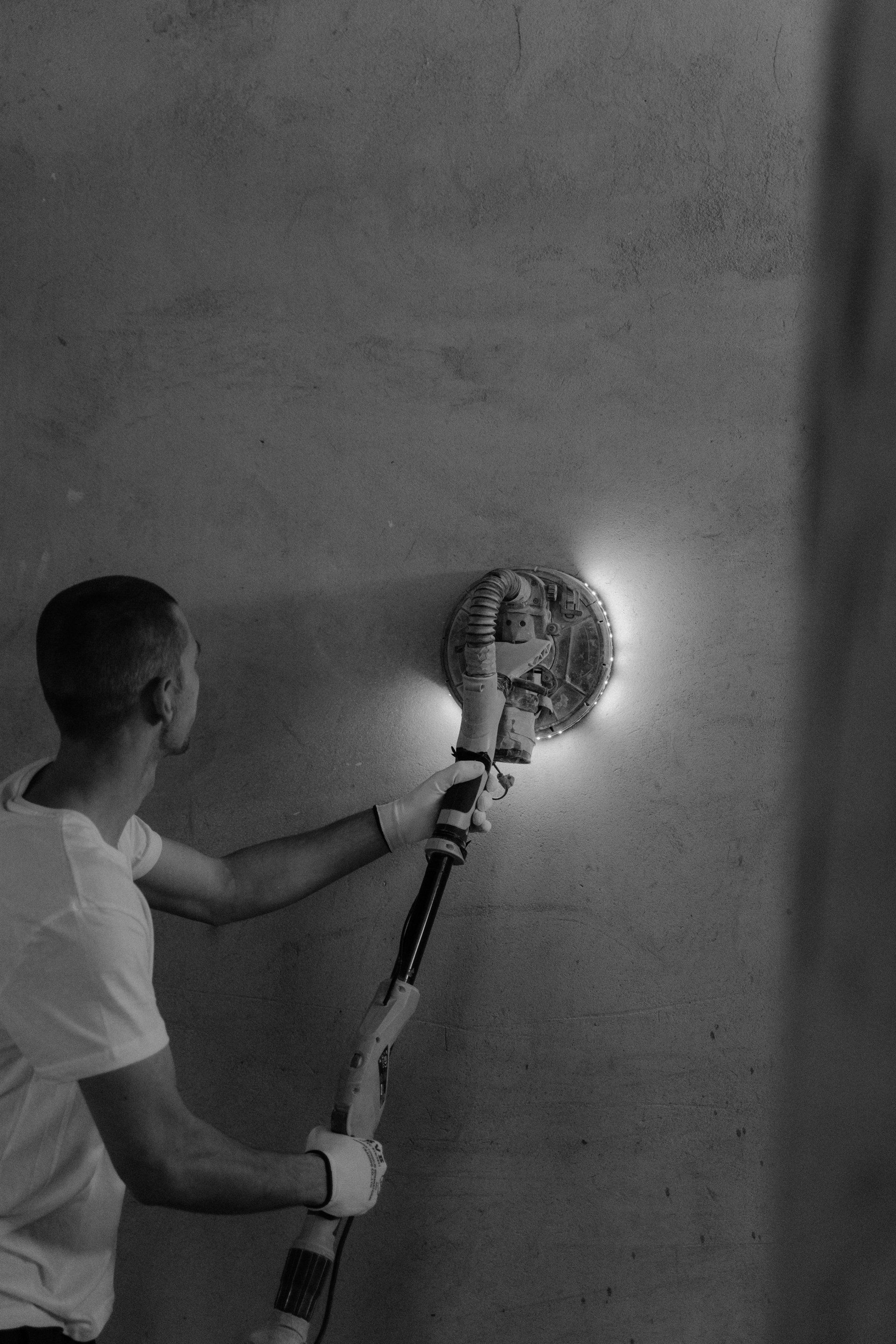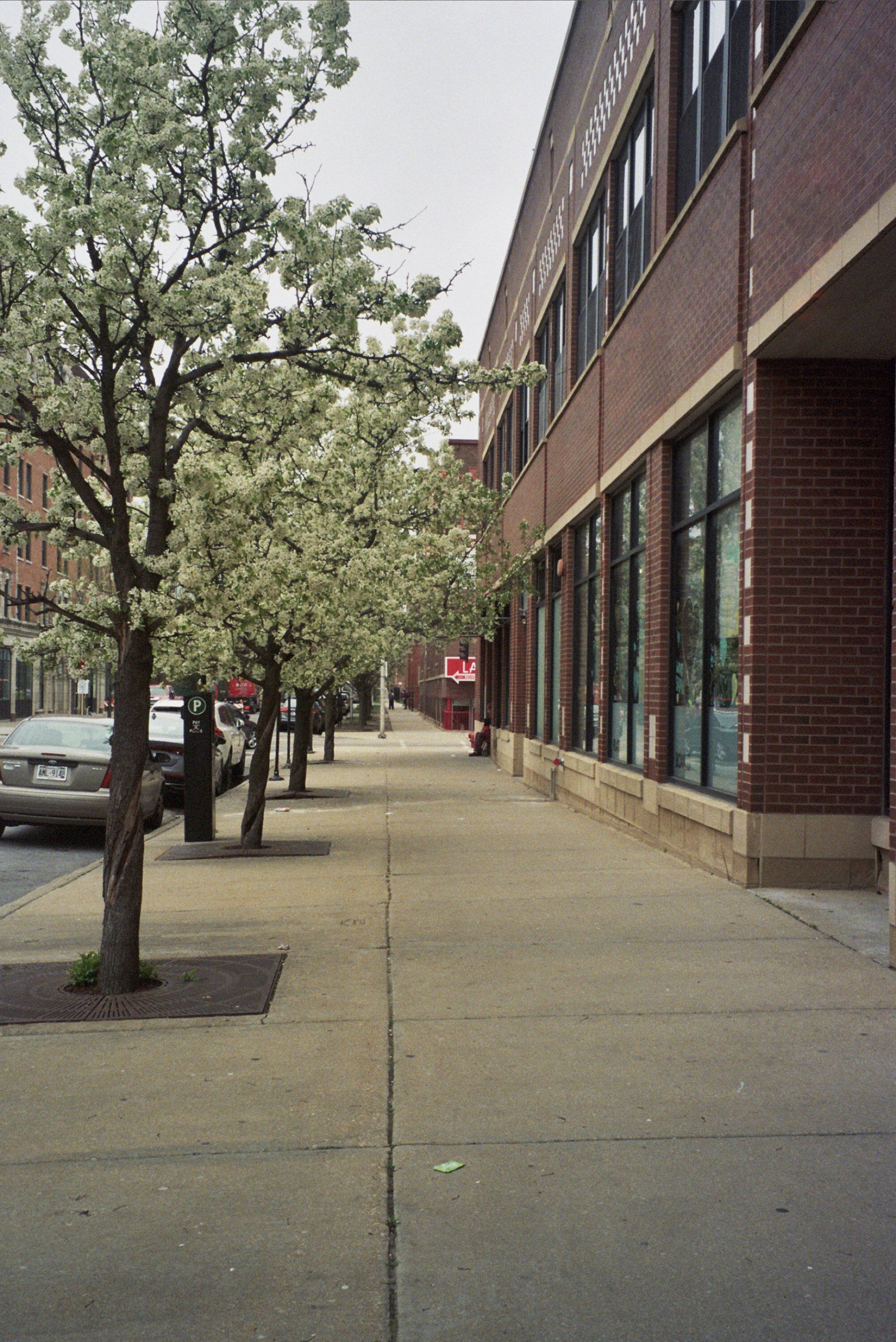Epoxy can be used to repair cracks in concrete
Epoxy can be used to repair cracks in concrete
Concrete is strong, but it can crack if it's not properly installed or used improperly. Although you might see cracks in concrete as an inconvenience, they can cause damage to your home's value. Concrete repairs are easy and simple. There are many DIY kits available today to repair cracked or pitted concrete. Epoxy is the best choice. It is a 2-component polyurethane epoxy polymer that doesn't need routing and fills hairline cracks. It can also be applied in freezing temperatures. A temporary repair might be possible depending on the cause of the cracks in the concrete.
Cracked Concrete: Common Causes
Subbase Issue If the concrete's sub-base wasn't properly compacted, it could cause concrete to settle in a single area instead of evenly over the entire surface. The concrete will eventually sink and crack.
Winter Temperatures - Concrete's greatest enemy is winter. Concrete can crack if the dirt underneath freezes.
Concrete shrinks after drying This is normal. Concrete can crack if it is too wet or has not been properly cured. Concrete should not crack when dried. This is why expansion joints are necessary.
Your repair may only be temporary depending on the cause of cracked concrete. The concrete may need to removed and redone if it is caused by a sub-base problem. The crack can be repaired temporarily as the concrete will likely shift again. It may not crack if it is caused by freezing temperatures. Permanent repairs should be possible if your concrete cracks due to initial shrinkage.
How to Fix a Crack
1. You will first need to key the crack. You will need to use a chisel and a hammer to cut the crack's edges so it is larger at the bottom than at the top. This will make the repair more secure.
Tip - If your crack is small or narrow, you might need to use a file in order to make it larger.
2. You can use a wire brush or a key to remove any loose particles that might have fallen into the crack. You can also use a vacuum cleaner to remove any loose particles.
3. To remove any remaining dirt or dust, wash the area with warm water. Use a strong cleaner to remove any grease or oil from the area before you start your repair.
4. Inject concrete repair resin into crack.
5. Dry silica sand can be used to fill the crack.
6. To fill the crack, add more resin to the sand.
7. Allow it to dry for 10-15 minutes, then use a putty blade to smoothen and level the surface.
8. You can sand down the surface to smoothen it if the repair is messy or rough.











